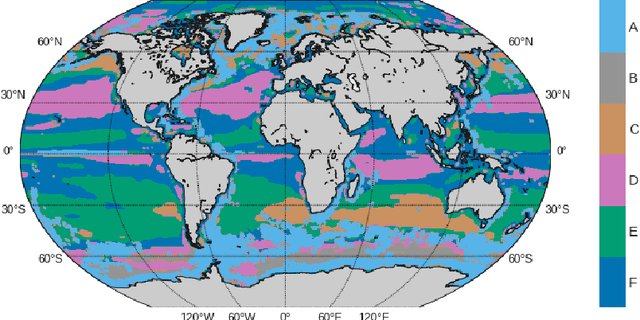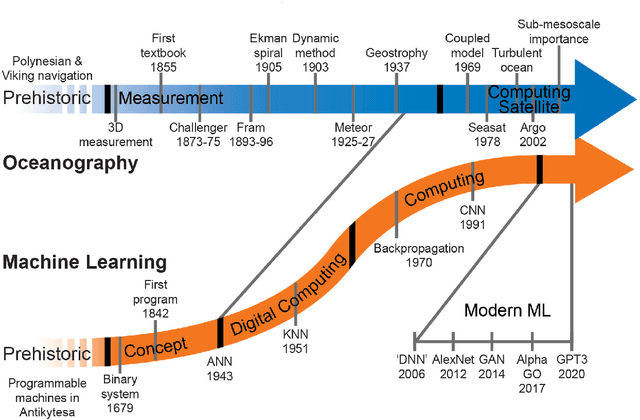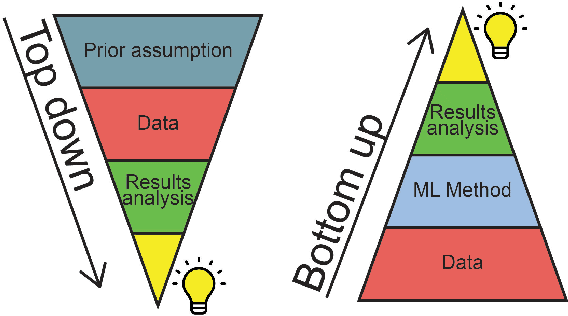Venkatramani Balaji
Explainable Artificial Intelligence for Bayesian Neural Networks: Towards trustworthy predictions of ocean dynamics
Apr 30, 2022



Abstract:The trustworthiness of neural networks is often challenged because they lack the ability to express uncertainty and explain their skill. This can be problematic given the increasing use of neural networks in high stakes decision-making such as in climate change applications. We address both issues by successfully implementing a Bayesian Neural Network (BNN), where parameters are distributions rather than deterministic, and applying novel implementations of explainable AI (XAI) techniques. The uncertainty analysis from the BNN provides a comprehensive overview of the prediction more suited to practitioners' needs than predictions from a classical neural network. Using a BNN means we can calculate the entropy (i.e. uncertainty) of the predictions and determine if the probability of an outcome is statistically significant. To enhance trustworthiness, we also spatially apply the two XAI techniques of Layer-wise Relevance Propagation (LRP) and SHapley Additive exPlanation (SHAP) values. These XAI methods reveal the extent to which the BNN is suitable and/or trustworthy. Using two techniques gives a more holistic view of BNN skill and its uncertainty, as LRP considers neural network parameters, whereas SHAP considers changes to outputs. We verify these techniques using comparison with intuition from physical theory. The differences in explanation identify potential areas where new physical theory guided studies are needed.
Bridging observation, theory and numerical simulation of the ocean using Machine Learning
Apr 26, 2021


Abstract:Progress within physical oceanography has been concurrent with the increasing sophistication of tools available for its study. The incorporation of machine learning (ML) techniques offers exciting possibilities for advancing the capacity and speed of established methods and also for making substantial and serendipitous discoveries. Beyond vast amounts of complex data ubiquitous in many modern scientific fields, the study of the ocean poses a combination of unique challenges that ML can help address. The observational data available is largely spatially sparse, limited to the surface, and with few time series spanning more than a handful of decades. Important timescales span seconds to millennia, with strong scale interactions and numerical modelling efforts complicated by details such as coastlines. This review covers the current scientific insight offered by applying ML and points to where there is imminent potential. We cover the main three branches of the field: observations, theory, and numerical modelling. Highlighting both challenges and opportunities, we discuss both the historical context and salient ML tools. We focus on the use of ML in situ sampling and satellite observations, and the extent to which ML applications can advance theoretical oceanographic exploration, as well as aid numerical simulations. Applications that are also covered include model error and bias correction and current and potential use within data assimilation. While not without risk, there is great interest in the potential benefits of oceanographic ML applications; this review caters to this interest within the research community.
 Add to Chrome
Add to Chrome Add to Firefox
Add to Firefox Add to Edge
Add to Edge